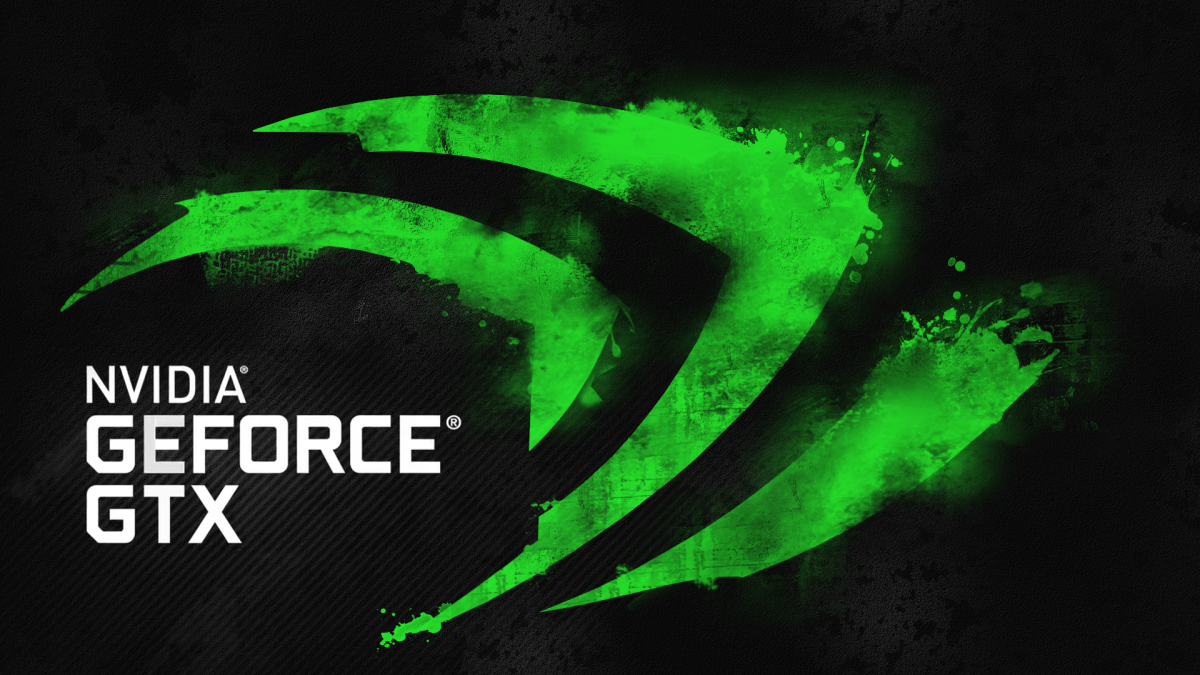NVIDIA has been aggressively upgrading it’s Tegra 4 processor line in order to compete with Qualcomm and Samsung, NVIDIA annouced on Tuesday that the Tegra 4i processor has been updates to support up to 150Mpbs. This would mean that alongside the 4+1 configuration that is currently being used with the A15 architecture, due to the fact that NVIDIA has hardware with superior software, it can support new technology by merely adding them in a software update. This could mean trouble for Samsung, who has indicated that they are looking into 5G technology but it levels the playing field on how competitive NVIDIA can be with it’s contemporaries in the same field.
NVIDIA Press Release
NVIDIA’s mobile processor for mainstream smartphones – Tegra 4i, which includes an integrated NVIDIA i500 LTE modem, chewed through 150Mbps of LTE data in a demo this week at CTIA 2013 in Las Vegas. First shown at Mobile World Congress in February at Cat 3 100mbps, this Tegra 4i demo is fully based on a software update – no new hardware, no new processor. This showcases the adaptability and flexibility of NVIDIA’s software-defined radio technology. Speed to Burn: Tegra 4i chewed through 150 Mbps of data in a demo at CTIA this week. An additional advantage of the technology is its tiny size. Because the modem is designed with general purpose Deep Execution Processors (DXP), it’s 40 percent the size of a conventional LTE modem. The benefit is a fast, high performance, adaptable modem in a tiny footprint. Tegra 4i’s modem is also multi-mode. It delivers 4G LTE Advanced and is backward compatible so it can offer LTE Cat 3, 3G, and 2G. That means it will work even where LTE networks aren’t available. Other LTE Advanced features will be coming soon in software. The CTIA demo used a tester which emulates an LTE Cat 4 network because live local LTE Cat 4 networks don’t exist yet. In this demo Phoenix – the Tegra 4i reference smartphone – is connected to the tester and shows 150 Mbps. We also demonstrated Phoenix running on a live AT&T LTE network – showing video streaming over LTE and voice calls. It’s a great proof point of our strong progress in Tegra 4i modem stability and performance.


